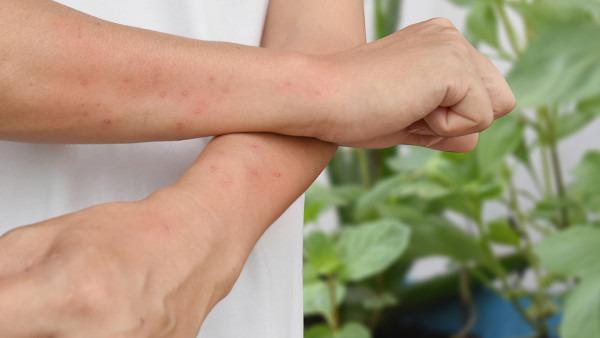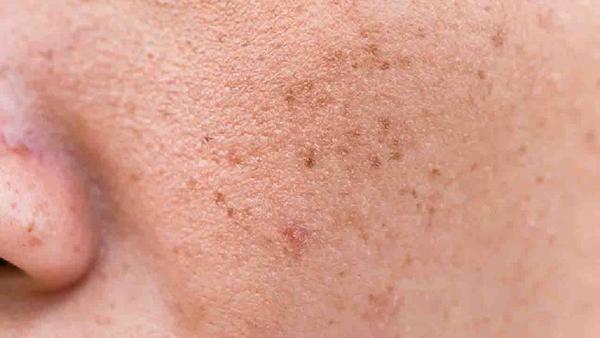扣手会得皮肤癌吗
 皮肤癌疾病编辑
皮肤癌疾病编辑
 皮肤癌疾病编辑
皮肤癌疾病编辑
Title: Can Frequent Phone Usage Lead to Skin Cancer?
Introduction:

In this digital age, smartphones have become an integral part of our everyday lives. From communication and information seeking to entertainment, we rely heavily on our smartphones for various purposes. However, there have been concerns and rumors about the potential health risks associated with prolonged smartphone usage. One common question that arises is whether using smartphones excessively can cause skin cancer. In this article, we will explore this question and shed light on the facts regarding the relationship between smartphone usage and skin cancer.
Understanding Skin Cancer:
Skin cancer is a condition that occurs when the skin cells mutate and grow abnormally, forming a malignant tumor. There are mainly three types of skin cancer: basal cell carcinoma, squamous cell carcinoma, and melanoma. Excessive exposure to ultraviolet (UV) radiation, primarily from the sun, is the most significant risk factor for developing skin cancer. UV rays induce DNA damage in skin cells and promote the growth of cancerous cells. However, it is important to distinguish between sunlight-induced skin cancer and the potential risks associated with smartphone usage.
The Relationship Between Smartphone Usage and Skin Cancer:
Contrary to the direct link between UV radiation and skin cancer, the correlation between smartphone usage and skin cancer is less clear. While smartphones emit low levels of non-ionizing radiation, known as radiofrequency (RF) radiation, the current scientific evidence does not indicate a strong connection between RF radiation and the development of cancer. The World Health Organization's International Agency for Research on Cancer (IARC) has classified RF radiation as "possibly carcinogenic to humans," but more research is needed to fully understand the impact of long-term RF exposure.
The Role of Phone Usage Habits:
Although smartphone RF radiation is not a proven cause of skin cancer, it is important to consider other factors related to phone usage habits that could indirectly contribute to skin cancer risk. For instance, using smartphones excessively can lead to prolonged exposure to the sun while using the device outdoors. Spending long hours in direct sunlight, especially without proper protection like sunscreen and protective clothing, increases the risk of UV radiation-related skin cancer. Therefore, it is essential to be cautious about sun exposure habits when using smartphones outdoors for extended periods.
Precautions to Minimize Risk:
To mitigate potential risks, it is advisable to follow these guidelines:
1. Limit smartphone usage time, especially during outdoor activities.
2. Use protective measures, such as applying sunscreen with a high SPF, wearing hats, and using umbrellas.
3. Seek shade whenever possible, particularly during the sun's peak hours.
4. Use the smartphone's built-in settings to minimize RF radiation exposure by keeping the phone away from the body or using speakerphone or a hands-free device during calls.
Conclusion:
While there is no substantiated evidence to support the claim that smartphone usage alone directly leads to skin cancer, it is crucial to maintain a balanced approach. Practicing sun-safe habits, such as limiting exposure to UV radiation and integrating smartphone usage responsibly, are key to reducing the risk of skin cancer. Ultimately, more research is still needed to better understand any potential long-term effects of smartphone usage on human health. In the meantime, it is recommended to be mindful of sun exposure and adopt responsible smartphone usage habits for overall well-being.




